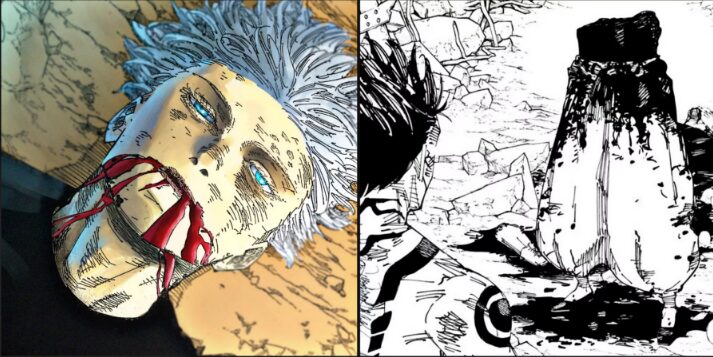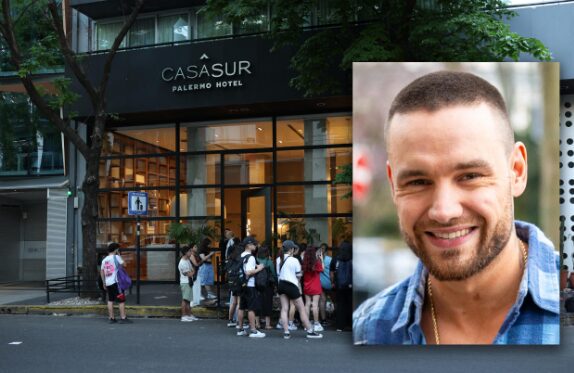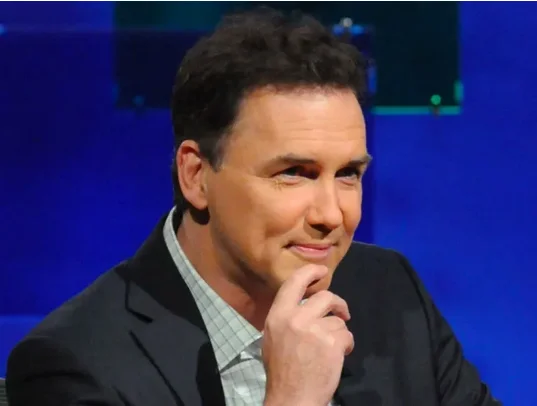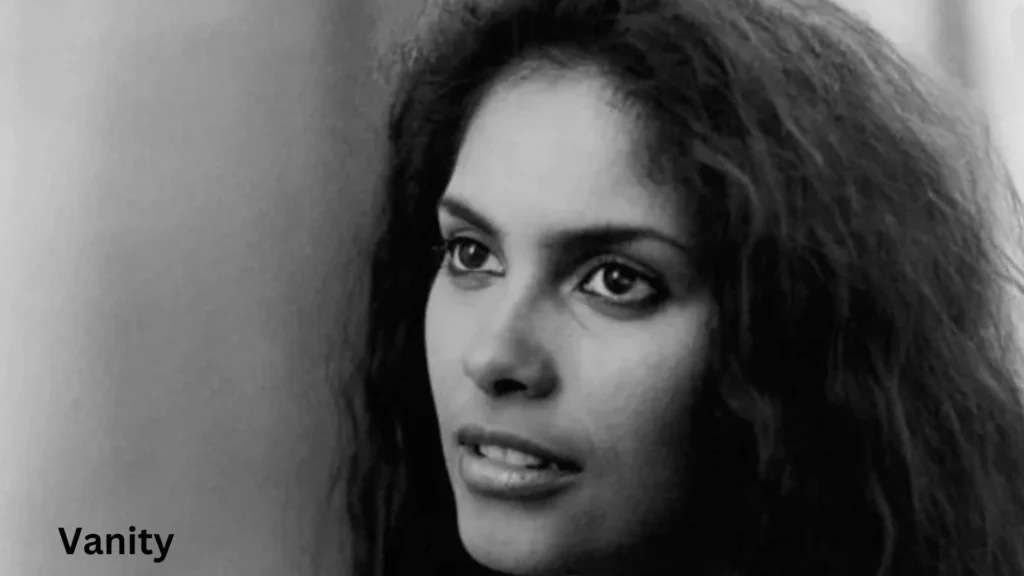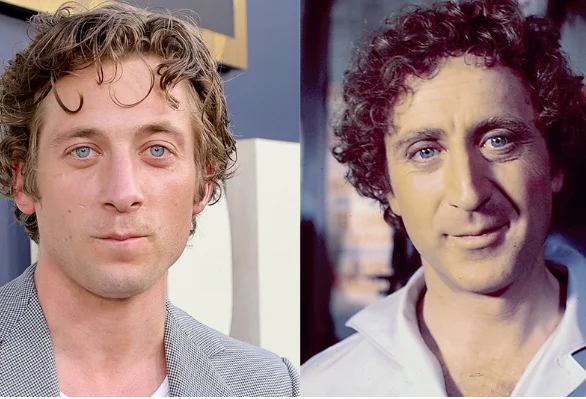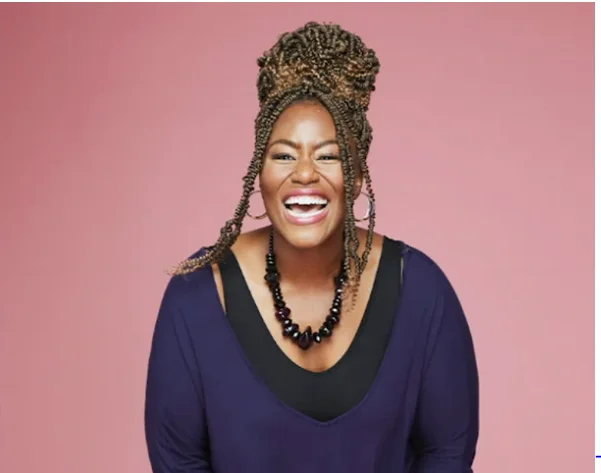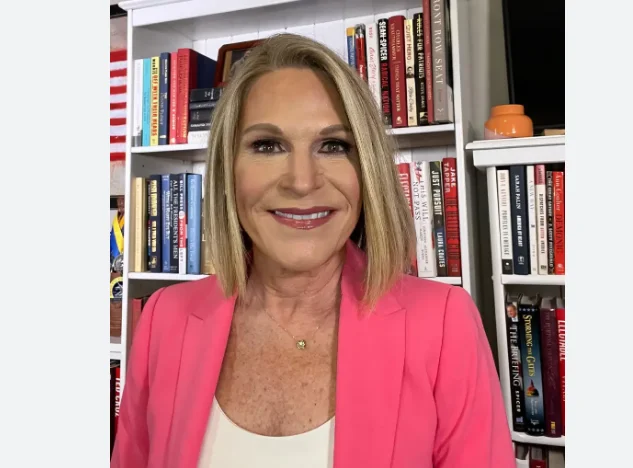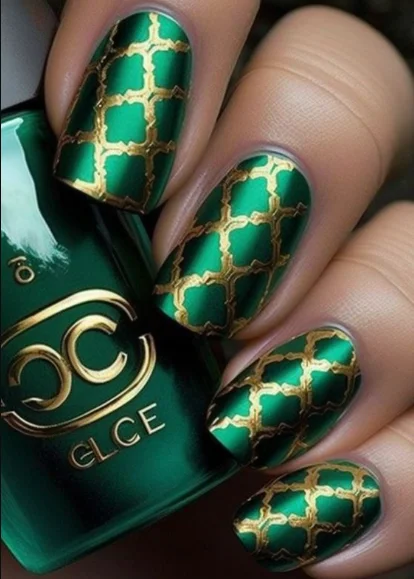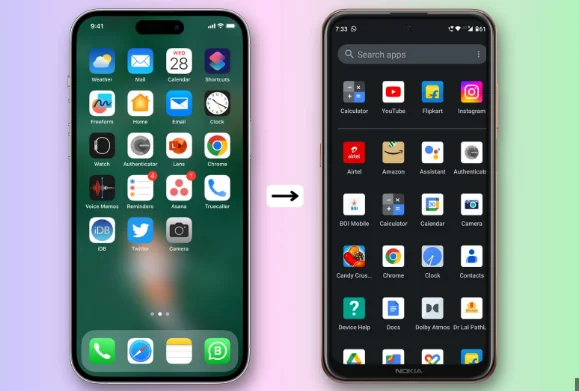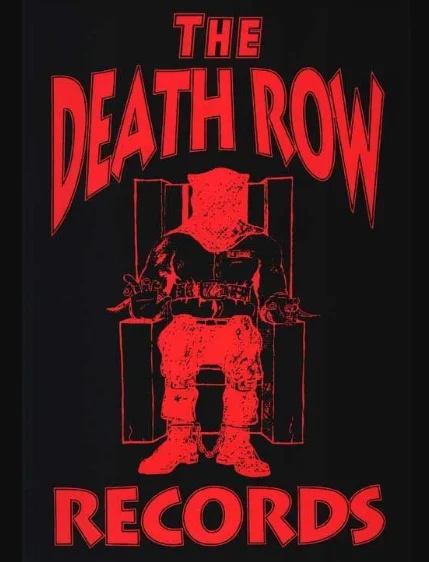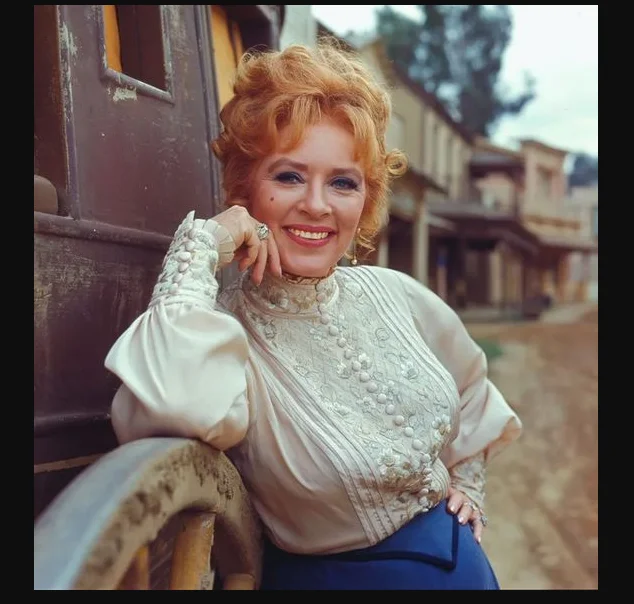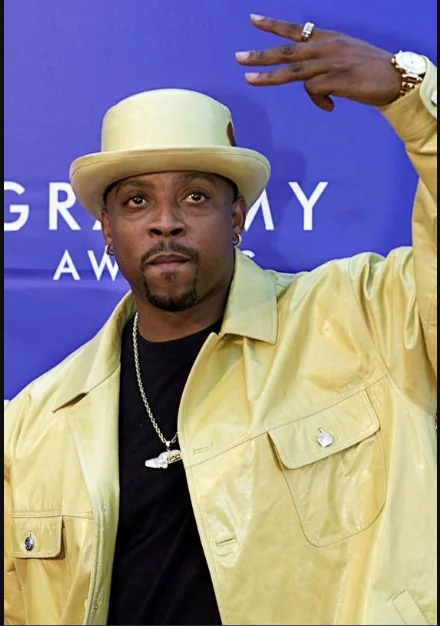Bonnie and Clyde Death
Step back in time to the roaring 1930s, a decade marked by economic turmoil and a desperate yearning for escape. It was during this tumultuous era that two notorious outlaws captured the imagination of an entire nation – Bonnie Parker and Clyde Barrow.
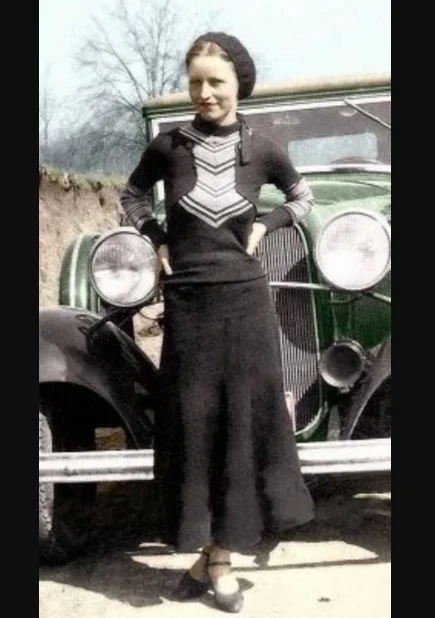
Their names became synonymous with crime, rebellion, and ill-fated romance. In this blog post, we delve into the captivating tale of Bonnie and Clyde’s infamous crime spree, their final shootout that shook America to its core, the controversies surrounding their death, and the enduring legacy they left behind in popular culture. So buckle up as we embark on a thrilling journey through history!
Their Infamous Crime Spree
Bonnie and Clyde’s crime spree was nothing short of legendary. From the early 1930s until their demise in 1934, this notorious duo committed a string of robberies, kidnappings, and murders across multiple states. Their audacity and cunning made them infamous figures during the Great Depression.
From small-town banks to gas stations, Bonnie Parker and Clyde Barrow targeted any establishment that could provide them with quick cash. With their stolen Ford V8 as their getaway vehicle of choice, they often left law enforcement baffled by their ability to evade capture time and time again.
But it wasn’t just the sheer number of crimes they committed that earned Bonnie and Clyde widespread notoriety; it was also their daring escapes from police encounters. They became masters at outmaneuvering authorities through high-speed chases on dusty backroads or hiding out in remote hideaways.
What set Bonnie and Clyde apart from other criminals of the era was their almost celebrity-like status. The media sensationalized every detail about their exploits, turning them into folk heroes for some who were disillusioned by the hardships brought on by the economic downturn.
Despite being labeled as ruthless criminals, there is no denying that Bonnie Parker and Clyde Barrow captured the public’s imagination like few others ever have. They were seen as rebels against a system that had failed so many during those desperate times.
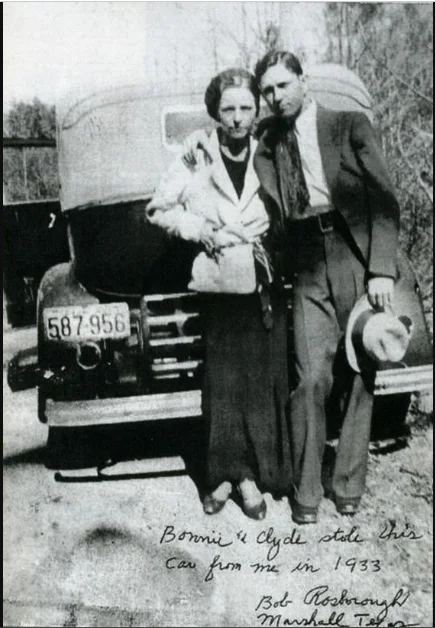
The Final Shootout
Bonnie and Clyde’s criminal escapades came to a bloody end on May 23, 1934, in Bienville Parish, Louisiana. The notorious couple had evaded capture numerous times before, but this time law enforcement was determined to bring them down.
Ambushed by a group of Texas and Louisiana officers led by Captain Frank Hamer, Bonnie and Clyde found themselves trapped like cornered animals. As they drove towards the ambush site in their stolen Ford V8 Deluxe sedan, unaware of the imminent danger that awaited them, their fate was sealed.
When the officers opened fire on the car with rifles and shotguns, it is estimated that over one hundred rounds were fired at Bonnie and Clyde within just a few seconds. The hailstorm of bullets tore through the vehicle mercilessly. By the time the shooting ceased, Bonnie Parker and Clyde Barrow were lifeless figures slumped inside their blood-soaked death car.
The sheer brutality of their demise shocked many Americans who had been captivated by their daring exploits. News of their deaths spread like wildfire across newspapers nationwide. But why were Bonnie and Clyde so famous?
Their crime spree captured public imagination during an era marked by economic hardship and social unrest. They became symbols of rebellion against authority – modern-day outlaws thumbing their noses at Prohibition-era laws while living life on the run.
Although often depicted as glamorous antiheroes in popular culture, it is important to remember that Bonnie Parker and Clyde Barrow were ruthless criminals responsible for multiple robberies and murders. However controversial or romanticized they may have become over time, there’s no denying that they left an indelible mark on history.
Controversies Surrounding their Death
The death of Bonnie and Clyde is shrouded in controversy, with several conflicting accounts and theories circulating over the years. One of the main controversies revolves around the excessive number of bullets that were fired at the notorious couple.
According to official reports, law enforcement officers fired a staggering 130 rounds during the final shootout. However, some skeptics argue that this number may have been exaggerated for dramatic effect or to portray law enforcement as heroes. They question whether such an intense barrage was necessary or justified.
Another point of contention is whether Bonnie and Clyde were given a fair chance to surrender before being gunned down. Some believe that law enforcement wanted to ensure there would be no trial or escape for the infamous duo, leading them to bypass any negotiations or attempts at peaceful resolution.
Furthermore, there are lingering doubts about whether Bonnie and Clyde truly died instantly from the hailstorm of bullets they faced. Some claim there is evidence suggesting they may have initially survived but were left unattended for an extended period before succumbing to their injuries.
These controversies fuel ongoing debates among historians, crime enthusiasts, and conspiracy theorists alike. The lack of concrete answers only adds intrigue and mystery to Bonnie and Clyde’s already notorious legacy.
As we delve deeper into these controversies surrounding their death, it becomes clear that separating fact from fiction can be challenging. Nonetheless, regardless of where one stands on these issues, one thing remains undeniable: Bonnie Parker and Clyde Barrow captured the imagination of people worldwide through their audacious crimes and tragic end. Their story continues to fascinate us even decades later.
Pop Culture Legacy of Bonnie and Clyde
Bonnie Parker and Clyde Barrow were more than just notorious criminals; they became cultural icons whose story continues to captivate audiences today. Their thrilling crime spree, which lasted from 1932 to 1934, earned them a legendary status that has been immortalized in various forms of media.
Movies have played a significant role in shaping the pop culture legacy of Bonnie and Clyde. The most notable film adaptation is “Bonnie and Clyde” (1967), directed by Arthur Penn. Starring Warren Beatty and Faye Dunaway as the charismatic duo, this groundbreaking movie revolutionized the portrayal of violence on screen and sparked controversy with its realistic depiction of their crimes.
The film’s release not only cemented Bonnie and Clyde’s place in popular culture but also influenced future movies such as “Natural Born Killers” (1994) and “Badlands” (1973). It introduced a new wave of antiheroes who fascinated viewers with their rebellious nature and unapologetic pursuit of freedom.
In addition to films, music has also embraced the legend of Bonnie and Clyde. Artists like Serge Gainsbourg with his song “Bonnie & Clyde,” Beyoncé with her track “Partition,” or Jay-Z referencing them in lyrics have all contributed to keeping their story alive through catchy melodies.
Beyond cinema and music, fashion designers have drawn inspiration from Bonnie’s iconic beret-wearing look, while artists continue to create captivating artworks inspired by their tragic tale.
The pop culture legacy surrounding Bonnie Parker and Clyde Barrow proves that even decades after their deaths, their mythos lives on through various artistic mediums. They remain symbols for rebellion against societal norms – an eternal reminder that love can lead people down dangerous paths.
The End of an Era
Bonnie and Clyde’s reign of crime came to a violent end on May 23, 1934. Their death marked the end of an era, where law enforcement agencies were forced to adapt their tactics in order to combat the rise of organized criminal activity.
While Bonnie and Clyde may have been infamous for their crimes, their actions also highlighted societal issues such as poverty and desperation during the Great Depression. They became folk heroes to some, representing rebellion against authority.
Their story continues to captivate audiences today through various forms of media. Books, movies, and documentaries have immortalized Bonnie and Clyde’s escapades, mythologizing them as modern-day outlaws who lived life on their own terms.
In popular culture, they are seen as romantic figures bound by love and loyalty. Although it is debated whether Bonnie and Clyde were truly in love or simply partners in crime driven by adrenaline-fueled thrills, there is no denying that they shared a deep connection that kept them together until the very end.
As for what Bonnie and Clyde were eating at the end of the movie? Well, it can be said that this detail adds another layer to their legend. In one scene from “Bonnie and Clyde” (1967), directed by Arthur Penn, they are shown enjoying a meal in a small cafe before being ambushed by law enforcement officers a poignant reminder that even notorious criminals had ordinary moments amidst their chaos-filled lives.
Ultimately though, Bonnie Parker and Clyde Barrow met a grim fate when they encountered law enforcement on that fateful day. The details surrounding how many bullets pierced their bodies remain uncertain due to conflicting reports. Their deaths marked not only an end but also a turning point in American history an era where outlaws like Bonnie and Clyde captured public imagination while forcing authorities to rethink strategies for combating crime.


